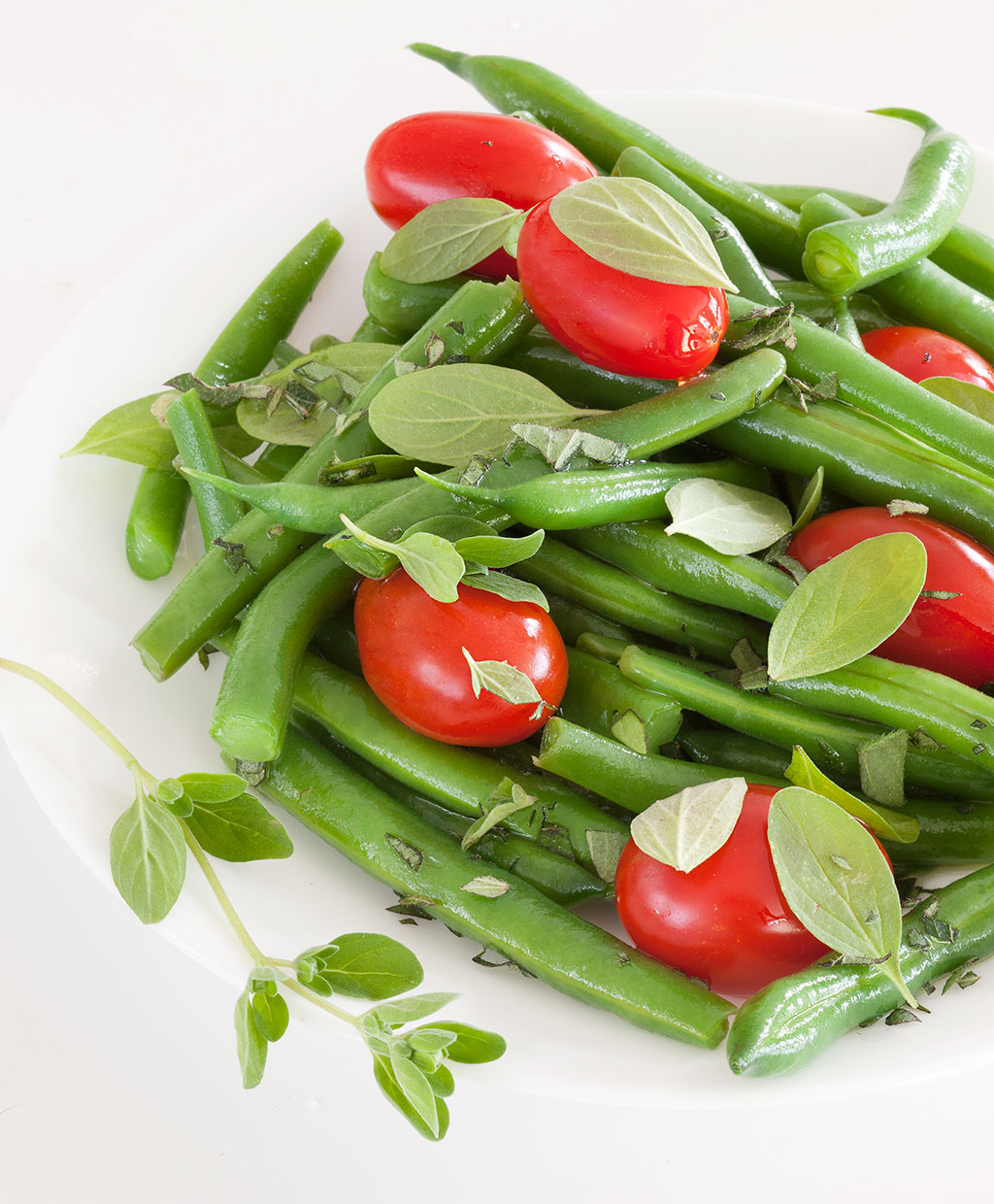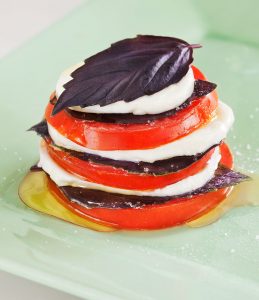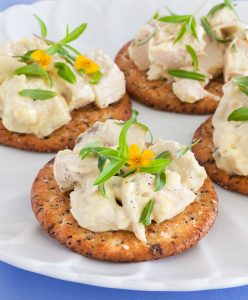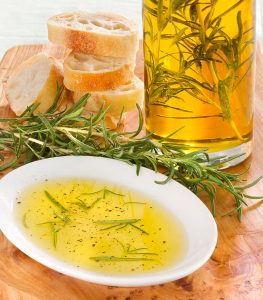

Sweet marjoram could be described as a mild oregano. Bushy and lush, you will want to harvest snips throughout the growing season and trim it all at the end of the growing season to dry for later use. In Germany, it’s a popular seasoning for sausage. In the northern US, it is popular for turkey stuffing. In France, Italy, and Portugal it is used to flavour soups, lamb, veal, stews, and assorted vegetables.
A fast growing but tender perennial, it is grown as an annual in most parts of the country. It is perennial in zones 9 and 10.
- Type: Perennial in zones 9 and 10
- Planting time Spring
- Features Small, savory leaves
- Light Full sun
- Soil Light, well drained. pH 6.5 to 6.9
- Spacing 12 inches
- Plant size 12 to 24 inches tall, 12 to 18 inches wide
- Garden use Herb garden, containers
- Culinary use Green beans, turkey stuffing, soups, stews
Light requirements Full sun.
Planting Space 12 inches apart.
Soil requirements Plants grow best in rich, well-drained soil. Soil pH should be 6.7 to 7.0.
Water requirements Keep soil moist after planting until plants are well-rooted. Once established, sweet marjoram prefers slightly dry soil. Water only during times of drought. In containers, irrigate whenever the top inch of soil is dry.
Frost-fighting plan Sweet marjoram is perennial in zones 9 and 10. Plants may survive the winter in zones 7 and 8 if plants are mulched heavily after frost. In colder zones, take stem cuttings to start new plants for overwintering on sunny windowsills. Established plants cannot survive even light frosts (above 32º F). Use a frost blanket to protect newly planted seedlings from late spring frosts or prolong the growing season in fall.
Common issues Sweet marjoram can suffer root rot in poorly drained soil.
Growing tips Clip stem tips often to promote branching and bushiness. Clip flowers to encourage plants to keep producing flavorful leaves.
Harvesting Pick leaves at any point in the growing season, although flavor is most intense just before plants bloom. Flower buds are edible. To harvest, snip leafy stems to the length you desire. Don’t cut plants flush with soil; allow a few inches of stem to remain. Stems will produce new growth.
Storage Put a few stems in water at room temperature to enjoy fresh clippings for a few days. Wrap unwashed stems in a barely damp paper towel and slip into a plastic bag. Store stems in the lowest part of your refrigerator. Use within 4 to 7 days. Dried sweet marjoram tastes nearly the same as fresh.



